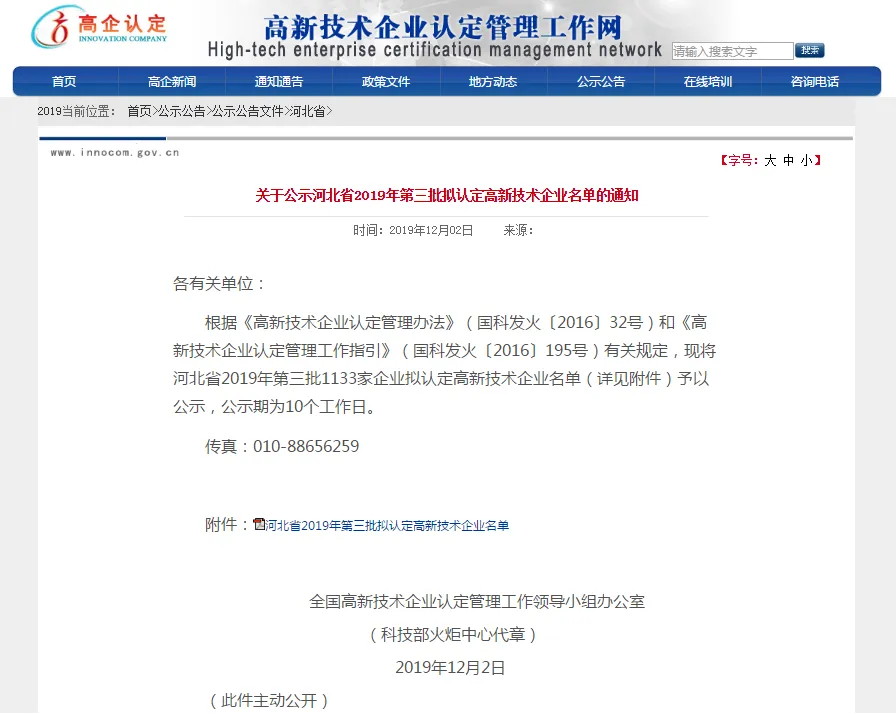Regardless of the chosen treatment, it’s critical to have open communication with a veterinarian throughout the process. A veterinarian can help monitor your dog’s response to medication and make necessary adjustments. Regular check-ups can also allow for discussions about alternative treatments and behavioral strategies that may be beneficial.







